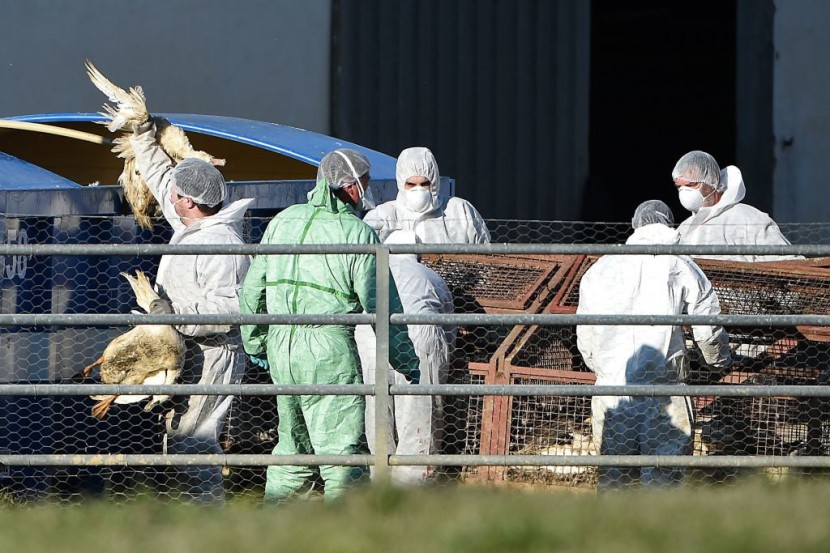
The largest-ever bird flu outbreak, resulting in more than 48 million poultry animals being culled, has placed Europe in a crisis and risks widespread infection next season.
Both governments and the poultry industry are concerned over the spread of the highly pathogenic avian influenza (HPAI), commonly known as bird flu, due to the devastation it could bring to flocks, the possibility of trade restrictions, and the risk of human transmission.
Bird Flu Outbreak
There was an unprecedented number of reported outbreaks in wild and domestic birds this summer, which caused massive mortality among sea bird breeding colonies found on the north Atlantic coast. The disease is frequently known to strike during the autumn and winter months and is transmitted by infected migrating wild birds' feces or direct contact with contaminated feed, clothing, or equipment.
A senior official at the EU Food Safety Agency (EFSA), Guilhem de Seze, said that as autumn migration begins, the number of wild birds wintering in Europe increases. This means that they are more likely and at higher risk of HPAI infection than in previous years due to the observed persistence of the virus in the region, as per Reuters.
The epidemic this season has affected 37 European countries in total, which is considered the largest reach on record, and the virus crossed the Atlantic for the first time along migration routes. This caused a severe epidemic in poultry in several Canadian provinces and US states.
The ongoing bird flu crisis is, overall, the worst that Europe has ever seen with a total of 2,467 outbreaks reported in poultry and 47.7 million birds culled. Furthermore, 187 detections were notified in captive birds and officials recorded 3,573 HPAI events in wild birds.
According to the Daily Beast, the European Center for Disease Prevention and Control (ECDC) said that cases of bird flu have been recorded from Portugal in southern Europe to the Norwegian archipelago of Svalbard in the Arctic Ocean.
Largest-Ever Outbreak
The CDC also noted that the disease can occasionally infect humans and lead to mild or "very severe" illnesses. However, health authorities have not recorded any human transmission of the illness in recent years in the EU.
But the EU agency also warned that people who work with or are regularly exposed to birds may be at risk of infection and have called for improvement to health and safety regulations. The director of the ECDC, Andrea Ammon, said that vigilance is key in identifying infections with influenza viruses as early as possible.
The current crisis has resulted in European farmers struggling to keep up with the largest-ever bird flu crisis in the region. In the eastern part of the Netherlands, poultry farmer Alrik Visscher is one of the many who have lost all their birds because of the virus.
Visscher runs a family farm together with his parents, but now, four of his barns are empty. Normally, there would be up to 115,000 chickens walking around inside the pens, picking grain and laying eggs. But now, the family is stuck with cleaning and disinfecting everything that holds their birds, DW News reported.








